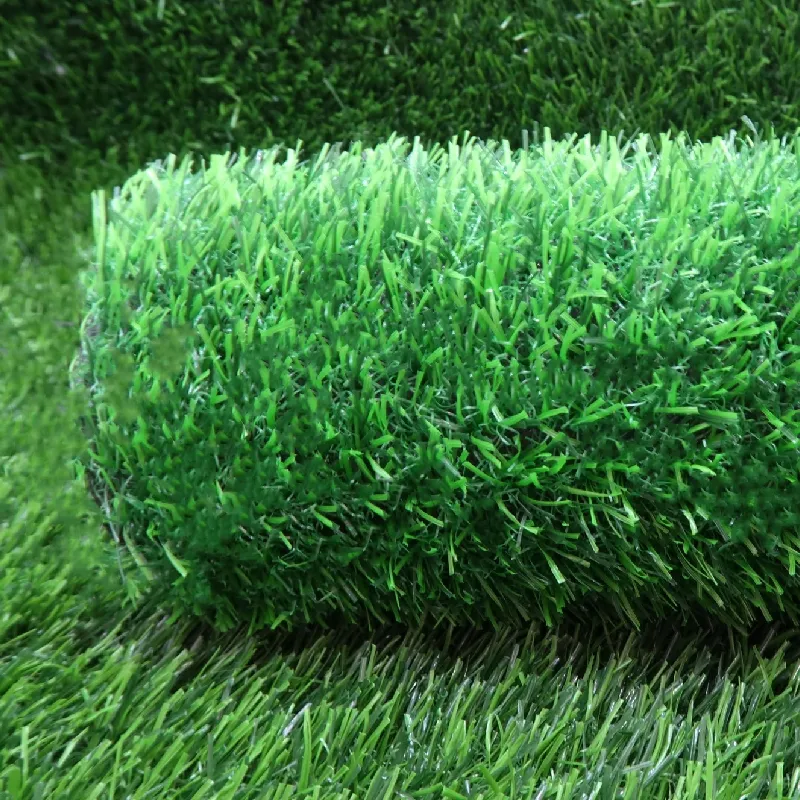
- Afrikaans
- Arabic
- Belarusian
- Bengali
- Czech
- Danish
- Dutch
- English
- Esperanto
- Estonian
- Finnish
- French
- German
- Greek
- Hindi
- Hungarian
- Icelandic
- Indonesian
- irish
- Italian
- Japanese
- kazakh
- Rwandese
- Korean
- Kyrgyz
- Lao
- Latin
- Latvian
- Malay
- Mongolian
- Myanmar
- Norwegian
- Persian
- Polish
- Portuguese
- Romanian
- Russian
- Serbian
- Spanish
- Swedish
- Tagalog
- Tajik
- Thai
- Turkish
- Turkmen
- Ukrainian
- Urdu
- Uighur
- Uzbek
- Vietnamese
Understanding the Role of Turf in Enhancing Football Performance and Player Experience
Oct . 13, 2024 19:33 Back to list
Turf in Football An Integral Component of the Game
Football, known as soccer in many parts of the world, is a sport that unites millions of fans and players across continents. One of the most critical yet often overlooked components of this beautiful game is the turf on which it is played. The playing surface, whether natural grass or artificial turf, significantly impacts the game's dynamics, player performance, and overall match outcomes.
The Evolution of Football Turf
Historically, football was primarily played on natural grass fields. The quality of the turf varied greatly depending on geographical location, climate, and maintenance practices. Fields in tropical regions often featured lush grass, while arid areas struggled to maintain consistent playing surfaces. As the sport gained global popularity, the demand for more uniform playing conditions led to innovations in turf technology.
Artificial turf emerged in the mid-20th century, primarily to address issues such as weather dependency and maintenance costs associated with natural grass. Initially, synthetic pitches faced significant criticism, particularly regarding player safety and performance. Early versions of artificial grass were often too hard, leading to injuries and a lack of traction. However, advancements in technology have resulted in modern artificial turf that closely mimics the feel and performance of natural grass.
Benefits of Artificial Turf
Artificial turf presents several advantages that have led to its widespread adoption, especially in professional and competitive settings. One of the most compelling benefits is durability. Synthetic pitches can withstand heavy use without the wear and tear typical of natural grass. This durability means that teams can train and play more consistently without the risk of a worn-out field affecting performance.
Furthermore, artificial turf reduces maintenance costs significantly. Natural grass requires regular watering, mowing, and fertilization, which can be expensive and time-consuming for clubs. In contrast, synthetic fields necessitate minimal maintenance, allowing clubs to allocate resources to other critical areas such as player development and community engagement.
turf in football

Another significant advantage of artificial turf is its weather resilience. Synthetic fields remain playable in various weather conditions, from scorching heat to torrential rain. This consistency ensures that fixtures are less likely to be postponed, providing a more reliable schedule for teams, fans, and broadcasters.
The Controversies Surrounding Turf
Despite its benefits, artificial turf continues to be a topic of contention, particularly in professional leagues. One of the primary concerns revolves around player safety. Various studies have indicated a higher incidence of certain injuries, such as ACL tears, on artificial surfaces compared to natural grass. Furthermore, the heat retention properties of synthetic turf can lead to elevated playing temperatures, posing additional risks for players.
Additionally, the aesthetic value of natural grass is often cited by purists who argue that it enhances the visual appeal of games. The smell of fresh-cut grass and the sight of a lush green field evoke emotions that resonate deeply with fans and players alike. For many, playing on natural grass is synonymous with the spirit of football itself.
The Future of Football Turf
As football continues to evolve, so too will the technology and philosophy surrounding turf. Many clubs and organizations are exploring hybrid solutions that combine the benefits of both natural and artificial surfaces. These hybrid pitches may offer a blend of durability and player safety, promising an ideal environment for players to showcase their skills.
Moreover, as sustainability becomes an increasingly important issue across all sectors, the football world is investigating more eco-friendly options for both natural grass maintenance and artificial turf production. The goal is to create surfaces that not only enhance the game but also minimize environmental impact.
In conclusion, while turf may seem like a secondary aspect of the game, it plays a crucial role in shaping the experience of players and fans alike. Whether on natural grass or artificial surfaces, the ongoing dialogue about turf in football highlights the sport's dynamic nature and the enduring passion it ignites in us all. As the game evolves, so too will the surfaces we play on, but the love for football will remain evergreen.
-
The Benefits of Artificial Turf for Indoors
NewsJul.15,2025
-
How Artificial Grass Suppliers Ensure Quality Products
NewsJul.15,2025
-
Artificial Grass and Pets: A Space for Relaxation
NewsJul.08,2025
-
Balcony & Outdoor Decoration with Artificial Grass
NewsJul.08,2025
-
Best Indoor Artificial Grass for Home
NewsJul.07,2025
-
Best Pet Turf for Dogs: Safe & Durable Artificial Grass Options
NewsJul.07,2025
Products categories









